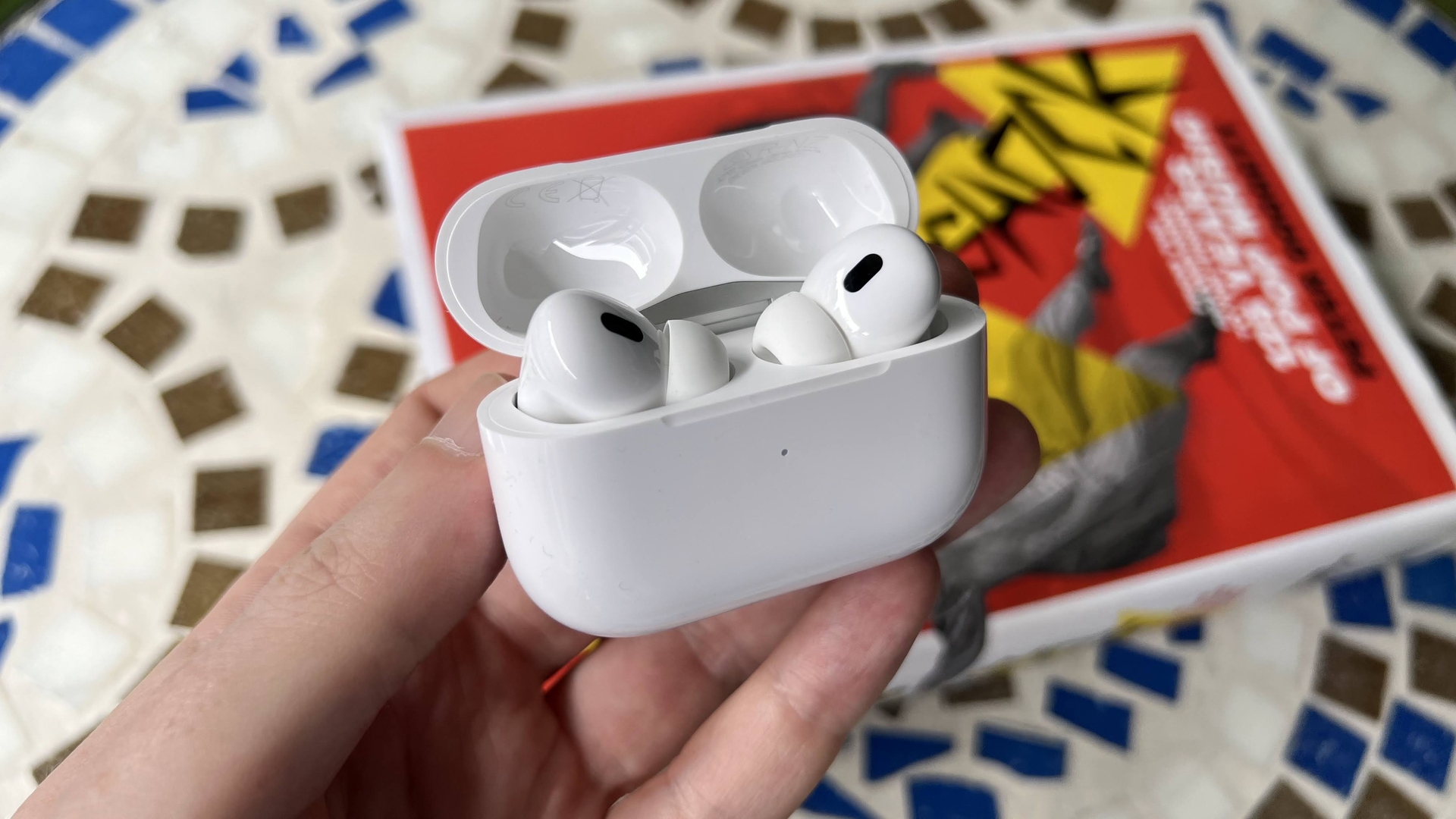
Traditionally, using your AirPods on your Mac has been easy, but it's always lacked some of the features that you’ll find when you connect your headphones to an iPhone. To bring things up to par, with the latest beta version of macOS Sequoia, Apple has brought the headphone accommodations feature to the desktop OS, which allows for more customization within the settings menu.
Namely, it adjusts the sound profile of your AirPods, making them sound better according to the user's audio preferences. To be clear, this isn’t a graphic equalizer, but uses a few rounds of audio options to choose from so that it can build the best sound profile for you. You’ve been able to do it for some time on iOS, but this is the first time the feature has come to Apple computers.
More customization options for headphones on Mac
While you could find the new menu in the first beta of Sequoia, Apple has only enabled it in the recently released second beta. It’s easy to find too — just hop to the settings menu, click ‘Accessibility’, and head to the ‘Audio’ menu. From there, you’ll spot the headphone accommodations section where you can choose to customize the signature of your AirPods. Don’t expect game-changing sound customization, but it will improve the clarity of voices and elevate some of the more difficult-to-hear frequencies depending on your hearing.
As soon as I had the option, I jumped straight into the customization so that it could work out the best signature for me. As for the tune audio setting, I left it on 'balanced' — I find that the tuning is often too much for most normal listening. Your mileage, of course, might vary.
It’s not just AirPods the feature works with either, there are some Beats headphones that support the customization. Along with every pair of AirPods released ever, the feature also works with Powerbeats, Powerbeats Pro, Beats Fit Pro, Beats Solo Pro, Beats Studio Pro, Beats Solo Buds, and the Beats Solo 4.
macOS Sequoia beta 2 is available to download on your Mac now — although we’d recommend not installing it on your primary or work computer. We’ve found brief periods of instability that might become grating if you’re trying to actually use your computer.







